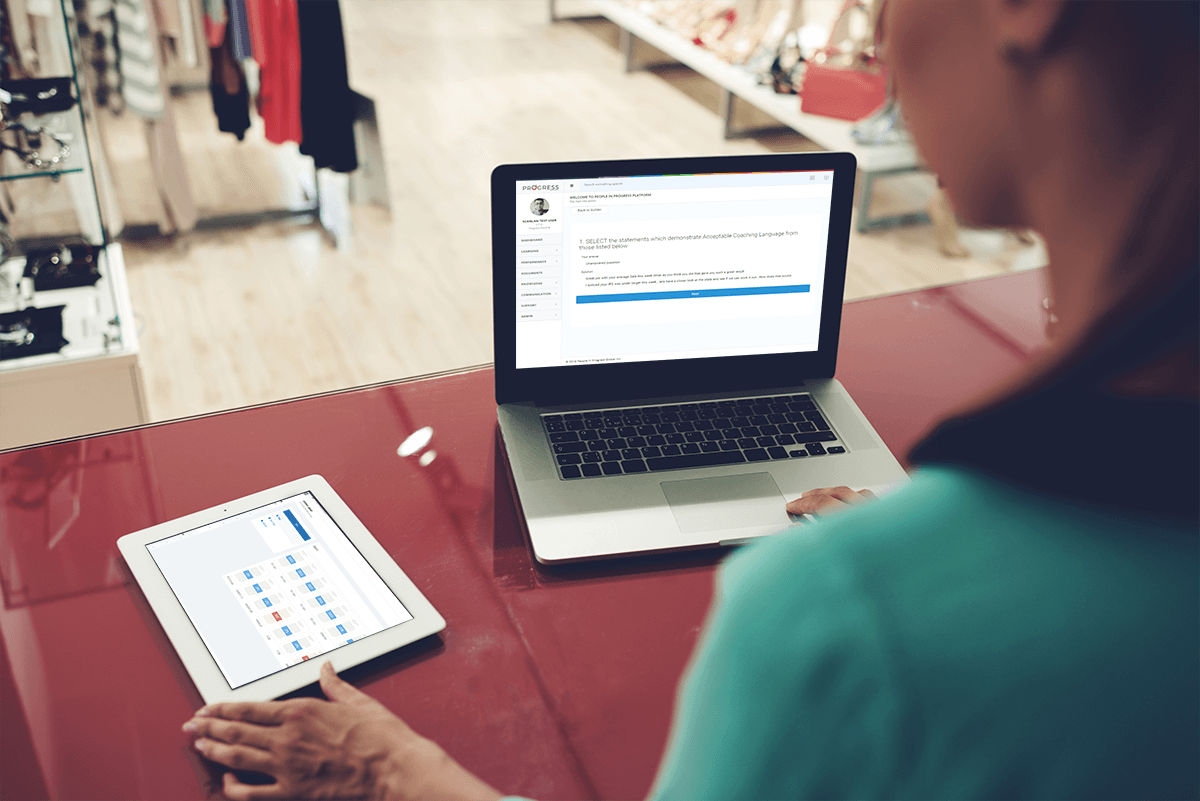
Five Signs That It’s Time to Customize Your Web Store
Contributed by Helena Bogdanova, Technology Journalist with OCSICO
Online shopping saves time greatly. That’s why it’s so popular these days. People don’t want to spend their valuable minutes driving to a supermarket or queuing. It’s much quicker and easier to open a web page and find all the goods and services you need. The competition among web stores is mind-blowing. That is why an e-commerce website should really stand out to bring profit to its owners. There are 5 signs showing that you need to improve your web store as soon as possible.
Lack Of Website Personalization
Website personalization is the process of building personalized experiences for website visitors. This trend means a lot when it comes to creating outstanding e-commerce solutions. It allows tailoring sites to client’s needs and desires. By analyzing the online activities of your customers, you learn their tastes and preferences. You should know what pages they visit and kinds of good they usually search for. If you have all the necessary information, you can categorize your website visitors into groups according to their preferences. After that, you will be able to create an outstanding experience for them.
This is how website personalization arms you with a superpower to anticipate clients’ needs and requests. Personalized experience helps you do magic with website visitors’ loyalty. When customers realize your web store gives them what they need, they return again and again. So, keep pace with the times and pick such an approach. But pay attention that you will have to constantly monitor your customers’ preferences. Besides, not every personalized experience leads to the expected result. You should be ready to make timely changes in accordance with shifting consumer behavior.
Web Design Isn’t Responsive
User experience should always be in the first place. Google’s search engine ranks websites with responsive design higher than the others. According to the statistics, many people access the Internet via mobile devices these days. Responsive websites adjust to the size of a smartphone screen immediately. Users tend to quickly skip websites with the text that is not convenient to read because it’s too stretched, for example. And people expect websites to look great on both, PC and tablet screens. The 2018 year’s stats claim 2 out of 3 people do their shopping via their mobile phones. But the owners of e-commerce portals don’t pay attention to this fact. According to Akamai, only 11,8 % out of 100 websites have responsive design ideal for mobile phone screens.
In addition, a website should have an engaging design. If you still think that it’s not important how a web page looks on screens of customers’ devices, ask yourself. How long will you stay on a site with web design short of ideal? Adobe conducted the survey, and the results showed that 38% of people will immediately leave a website if the layout is repellent. 94% of people admitted they tend to mistrust a website in case its design is poor. So, it’s wise to be aware of responsive and other modern UX design trends.
Your Website Isn’t A Part Of An E-commerce Platform
The profit of web store owners depends on the number of websites that a web service incorporates. Multisiting is the way to use every last drop of your clients’ purchasing power. People shopping online enjoy browsing through multiple online stores. If there is a considerable bunch of these shops being bound by the same portal, a visitor is less likely to leave without a purchase.
You can compare a single website vs multisiting to garage sale vs flea market. You can sit all day long on the corner of your house trying to get rid of some of your old books and end up with just a few sold. Or you can go and quickly sell out everything in the flea market. That’s why an e-commerce portal tends to attract more customers than single web stores.
Poor Optimization
It’s great if you can boast of an excellent web design. But what if your website loads too slowly? A couple of extra seconds for loading are able to ruin the whole impression your website creates. A state-of-the-art design, convenient navigation, the diversity of features often lose sense when users have to wait too long. 40% of respondents leave a website in case it takes more than 3 seconds to load. Images should also be “quick”. The research by Adobe proves that it’s a bad sign for many users if an image refuses to appear on a screen.
Ignoring Accelerated Mobile Pages (AMP) Technology
Accelerated mobile pages improve your website’s loading speed and user experience on mobile devices. As mentioned above, many people do their shopping online via their smartphones these days. Slow loading pages on mobile devices used to be a problem before 2015. At that time, a sought-after solution was developed by a group of companies in cooperation with Google and Twitter. The technology is called Accelerated Mobile Page (AMP). Basically, AMP is an HTML page designed to be super lightweight and, as a consequence, really fast-loading. So, if your web store doesn’t quickly appear on the screen of a mobile phone, you should consider picking this technology.
The Bottom Line
The era of online shopping results in a lot of competition among retail companies. The main benchmarks of a competitive online store are easy to figure out from the consumers’ behavior. The stats mentioned in the article reveal that buyers care for high-quality layout and fast loading pages. The consumers also appreciate when sellers anticipate their needs. That’s why you should make personalization the core element of your website customization. Pay attention to how people do their shopping these days. Many consumers use smartphones for this purpose. That’s why it’s wise to make your website’ design mobile responsive. Don’t forget that long waiting irritates your customers. So, take care of accelerating site’s loading speed by means of AMP technology. If you are searching for the ways of improving your sales, you can make your website a part of a shopping network including various web stores. Follow these tips to create a highly competitive web store.
Contributed by Helena Bogdanova, a Technology Journalist with OCSICO, a software development company headquartered in San Jose, California. Helena writes about mobile and web application development, business intelligence, e-commerce and more. You can contact Helena via Helena.Bogdanova@ocsico.com.














